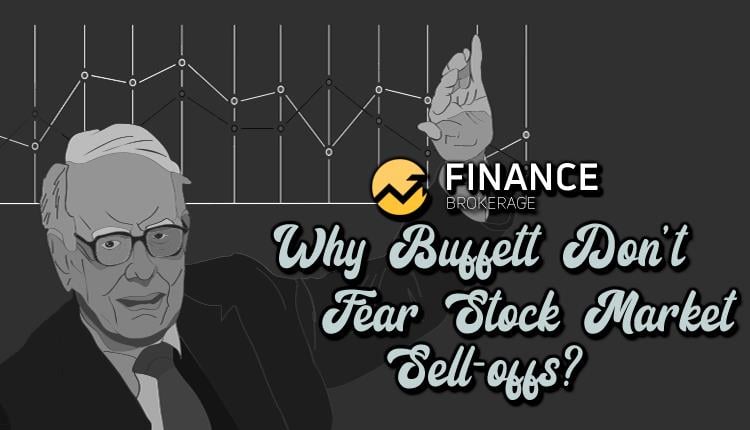
Warren Buffett’s Master Strokes in Shifting Market Tides
Warren Buffett, one of the most successful investors in the world, is known for his strategic moves during market shifts. His astute investment strategies, while seemingly counterintuitive at times, have consistently outperformed the markets. His approach to investment has been guided by a deep understanding of value investing and the business cycle dynamics. This ability to adapt strategies according to market shifts, often diverging from popular sentiment, has led Buffett to build one of the most successful investment portfolios, Berkshire Hathaway.
One of the most talked-about moves was his Buy when there’s blood in the streets philosophy, which was demonstrated during the 2008-09 financial crisis. When others were panic selling, Buffett was strategically buying. His rationale was to purchase shares of strong, profitable companies when their stock prices were deflated due to market panic. By doing so, he not only displayed counter-cyclical investing strategies but also set an example of patience and courage in times of turmoil.
In the volatile markets of 2020, Buffett’s strategies were once again put to test. The initial phase of the pandemic induced markets crash led many investors to abandon the sinking equities market. Still, in his typical demeanor, Buffett adopted a methodical and patient approach. He purchased airline stocks, a field that seemed barren given the unprecedented global travel bans. This controversial decision was guided by his belief in the resilience and recovery ability of the U.S economy.
The Oracle of Omaha also showed his expertise in adjusting his strategies to the digital era by investing in tech giants amidst market shifts. Berkshire Hathaway announced a $1 billion investment in Apple in 2016, a somewhat surprising move as Buffett had historically stayed away from tech stocks. His rationale was that Apple, with its products ingrained in consumers’ lifestyles, offered an unmatched value proposition and was undervalued in the market. The investment has since paid off richly, and Apple is now one of Berkshire Hathaway’s largest holdings.
However, Buffett’s strategies are not just about going against the tide. He tends to concentrate on long-term investment rather than quick gains. During a significant market downturn in the 1980s, he invested heavily in Coca-Cola, illustrating his preference for investing in companies with a strong brand and a durable competitive advantage. The Coca-Cola investment, still part of the Berkshire Hathaway portfolio today, highlights Buffett’s steadfastness to holding stable, value-creating companies regardless of general market sentiment.
Another prominent facet of Buffett’s strategic moves is his avowed disdain for excessive debt. He passed up many lucrative deals during the dotcom boom of the late 1990s as they didn’t meet his criteria of companies with positive free cash flow and minimal debt. This conservative approach helped Berkshire Hathaway avoid the brunt of the dotcom bust that followed.
Warren Buffett’s investment philosophy serves as a fascinating study in its own right. His ability to strategically maneuver through market shifts, demonstrating patience in the face of panic, reliance on core fundamentals in the face of trends, and a discerning understanding of value has cemented his place in the pantheon of the most successful investors in history. Despite the changing landscape of investing with the rise of AI and algorithmic trading, Buffett’s principles of value investing, patience, and shrewd, strategic decision-making remain timeless.
